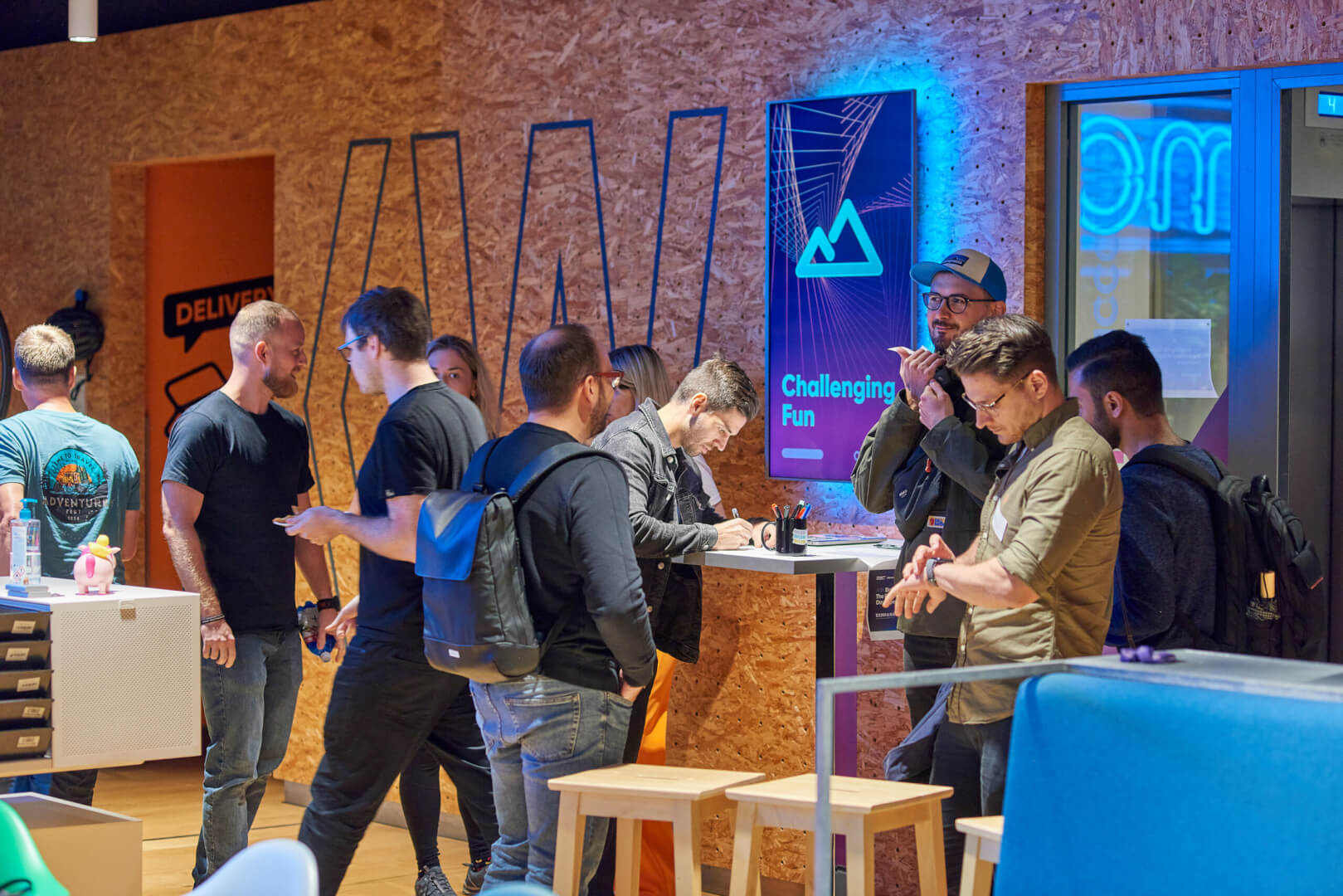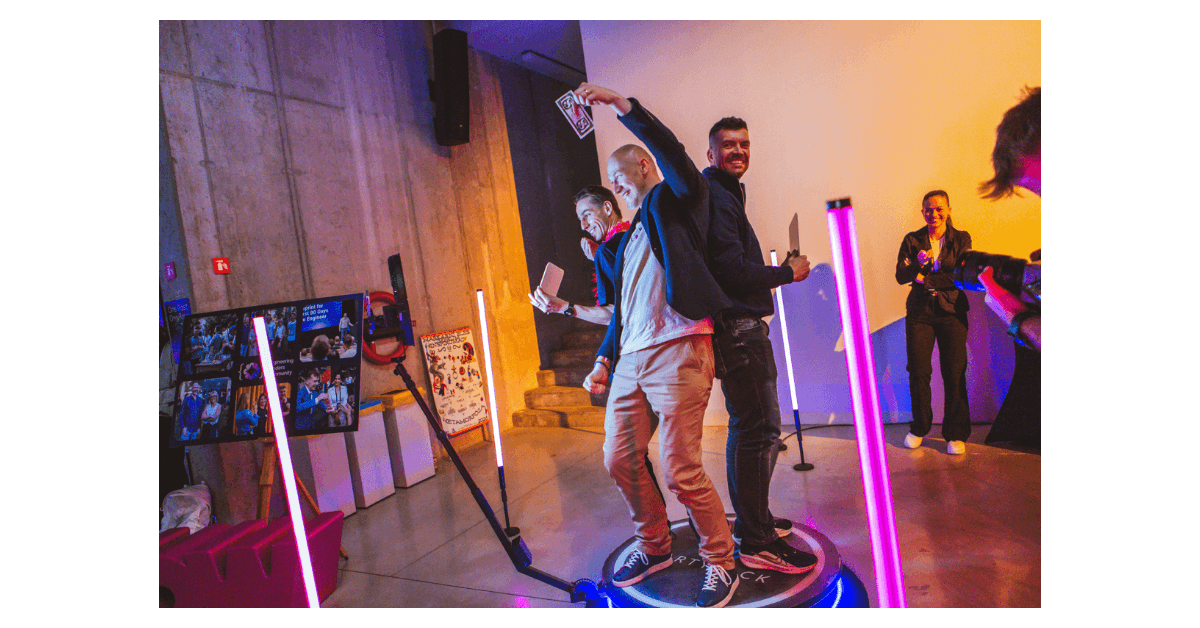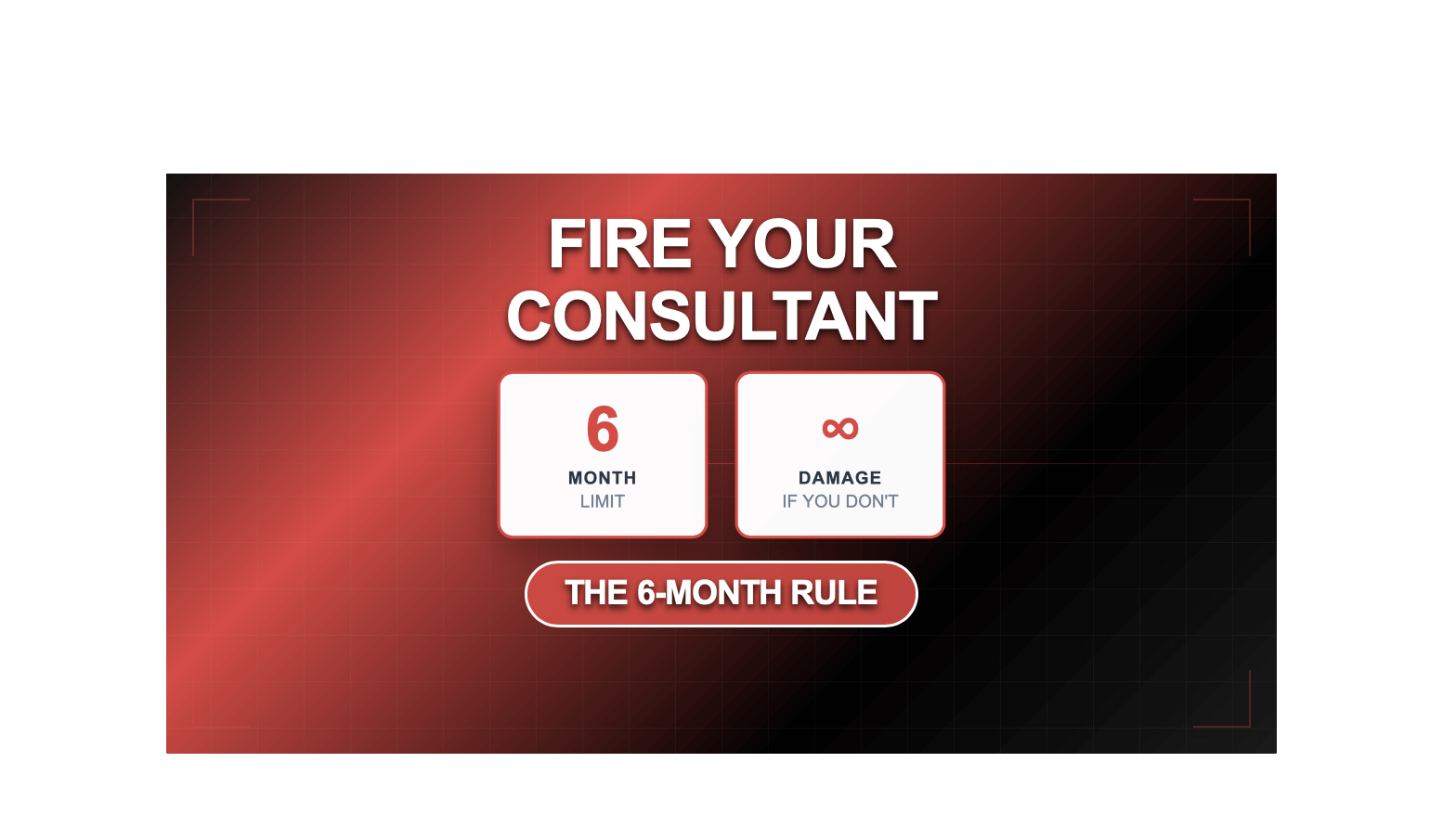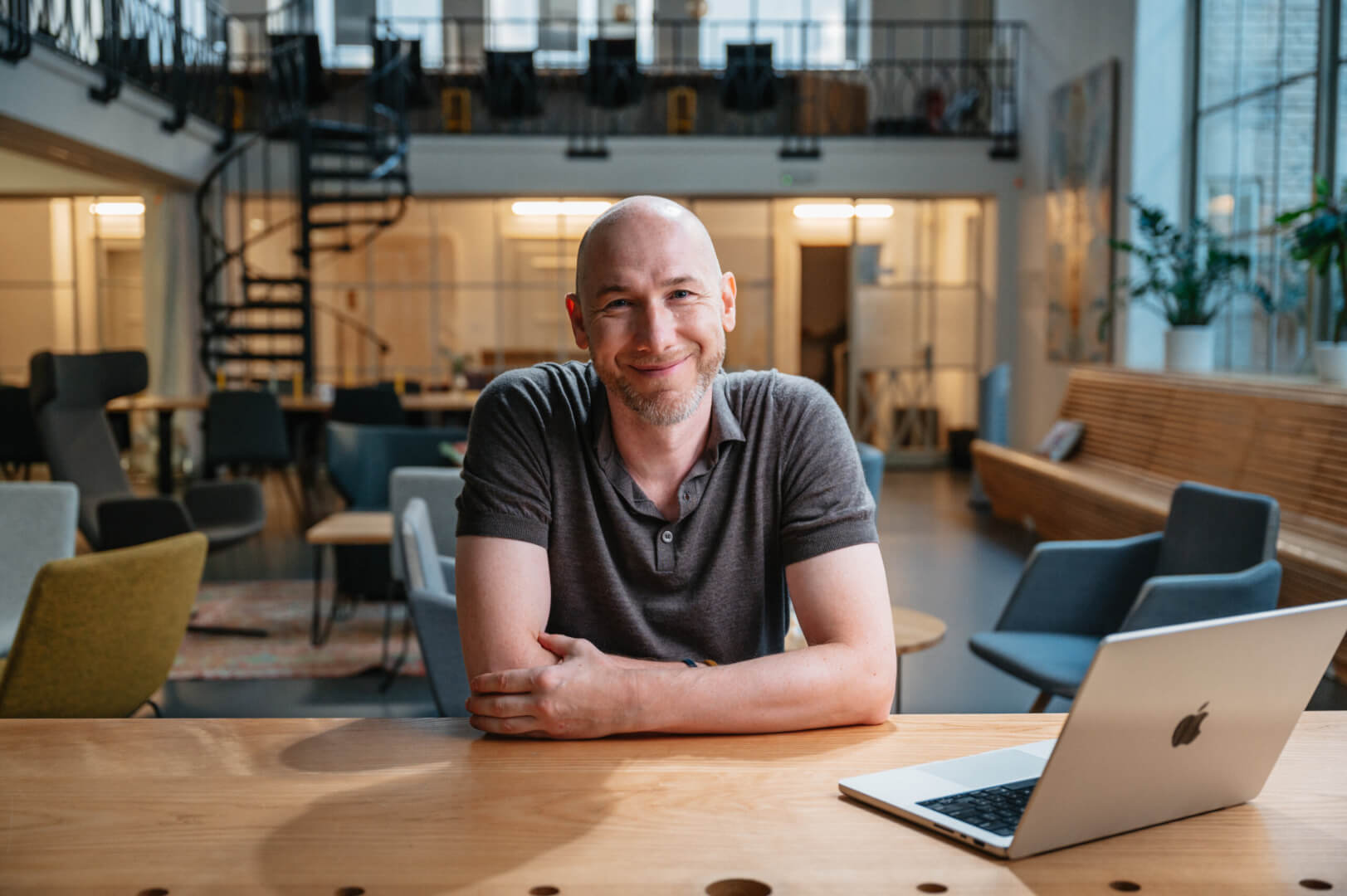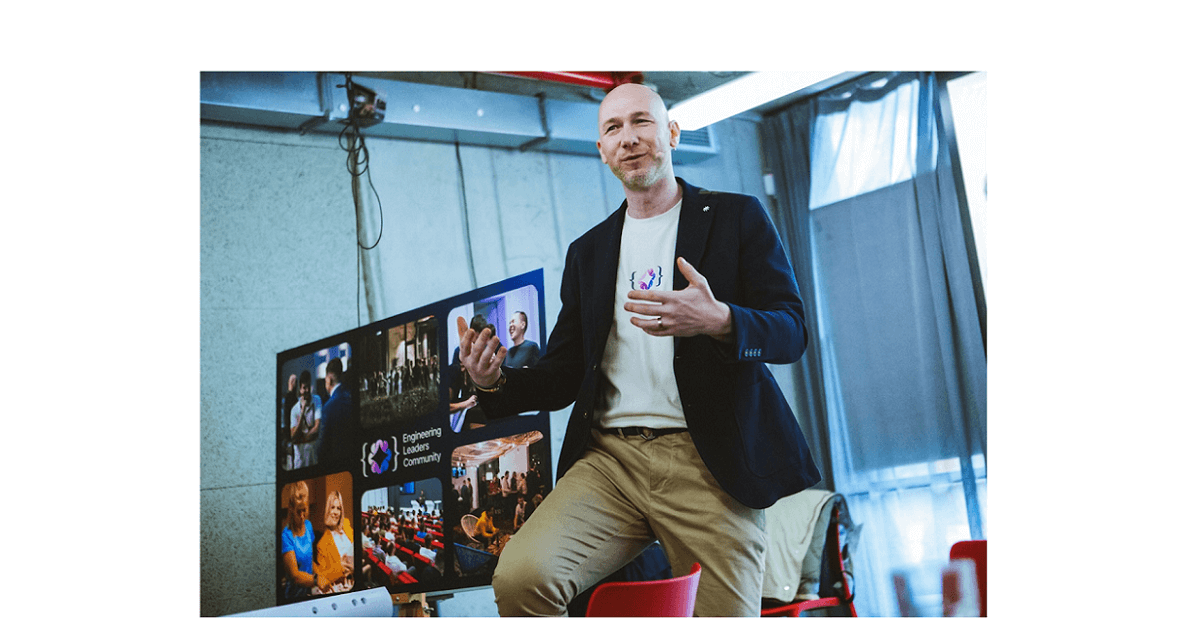Connect, learn, and lead with impact.
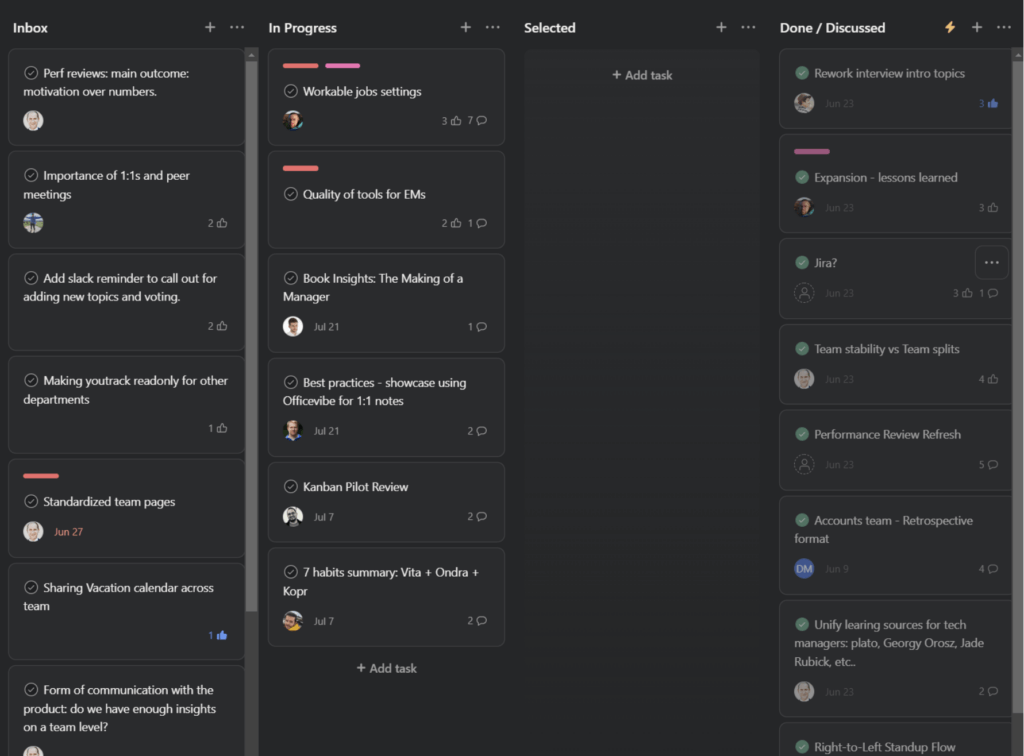
Why build a community of practice?
Engineering managers juggle a lot: team dynamics, business alignment, and driving improvement — all at the same time. These challenges are too complex to tackle alone, so a community of practice can make all the difference.
A community of practice brings engineering leaders together to exchange ideas, share experiences, and grow.
Forget rigid processes or top-down directives. It’s about collaboration, experimentation, and creating a solid foundation for better leadership.
Here’s how to build a community of practice to make it truly effective.
Purpose
Communities of practice stand on three pillars: empowering collaboration, fueling growth, and leading with consistency.
Communities of practice support engineering managers in tackling shared challenges and seizing opportunities. Here’s what they aim to be:
- A platform for peer learning, where members can share knowledge and grow together.
- A source of inspiration, offering success strategies and best practices.
- A safe space for asking questions and sharing tips for success.
- A framework for alignment on performance ratings, promotions, and hiring practices.
- A communication channel for discussing key topics like promotion planning and performance review updates.
Who it’s for
Every engineer has the potential to lead. Here, we help each other take the next step.
The community is for everyone in engineering leadership — managers, directors, and those preparing to step into leadership roles. Wherever you are on your journey, it’s a space to learn, share, and connect with peers.
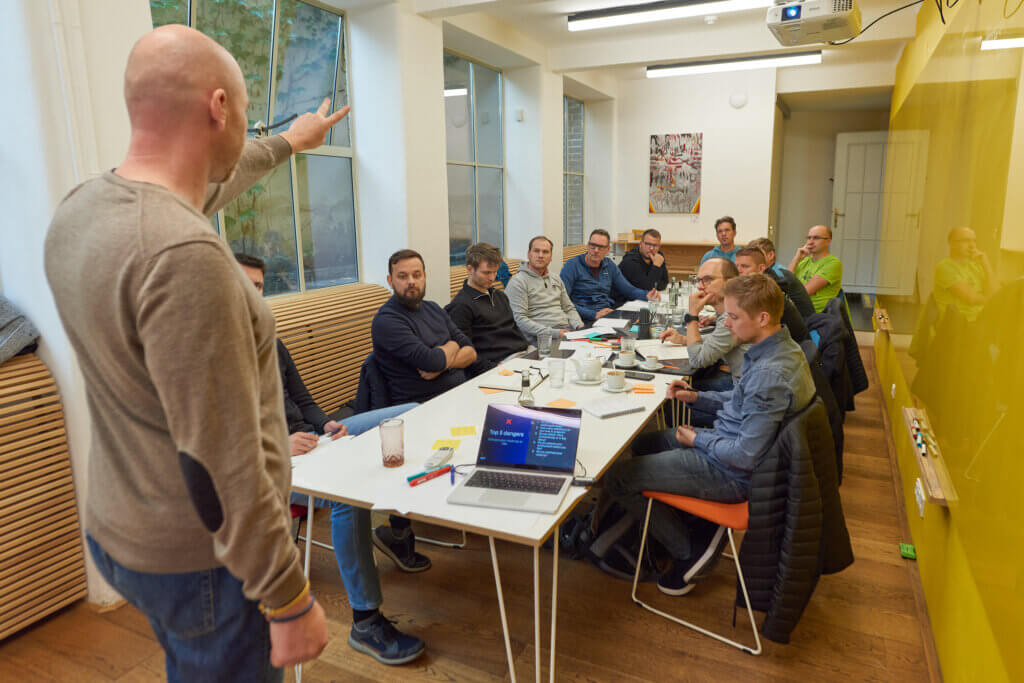
Principles that drive the community
Each community thrives on shared values that reinforce a productive and supportive environment:
- Respect: Every voice matters. Ideas are shared openly and received with care.
- Experimentation: Members are encouraged to try new approaches and share their learning.
- Growth: We celebrate our successes and learn from our mistakes.
These principles create a space where everyone can grow, contribute, and learn without fear of judgment.
Our best ideas come when we respect different perspectives, embrace change, and focus on continuous improvement.
How the community operates
Regular meetings
At the heart of the community are bi-weekly meetings: structured sessions where members discuss topics, share insights, and ask questions.
- Collaborative agenda: Participants suggest discussion points in advance.
- Facilitator role: Facilitators ensure each meeting is impactful by preparing additional topics to guide conversations, particularly in the early stages when members might need more direction.
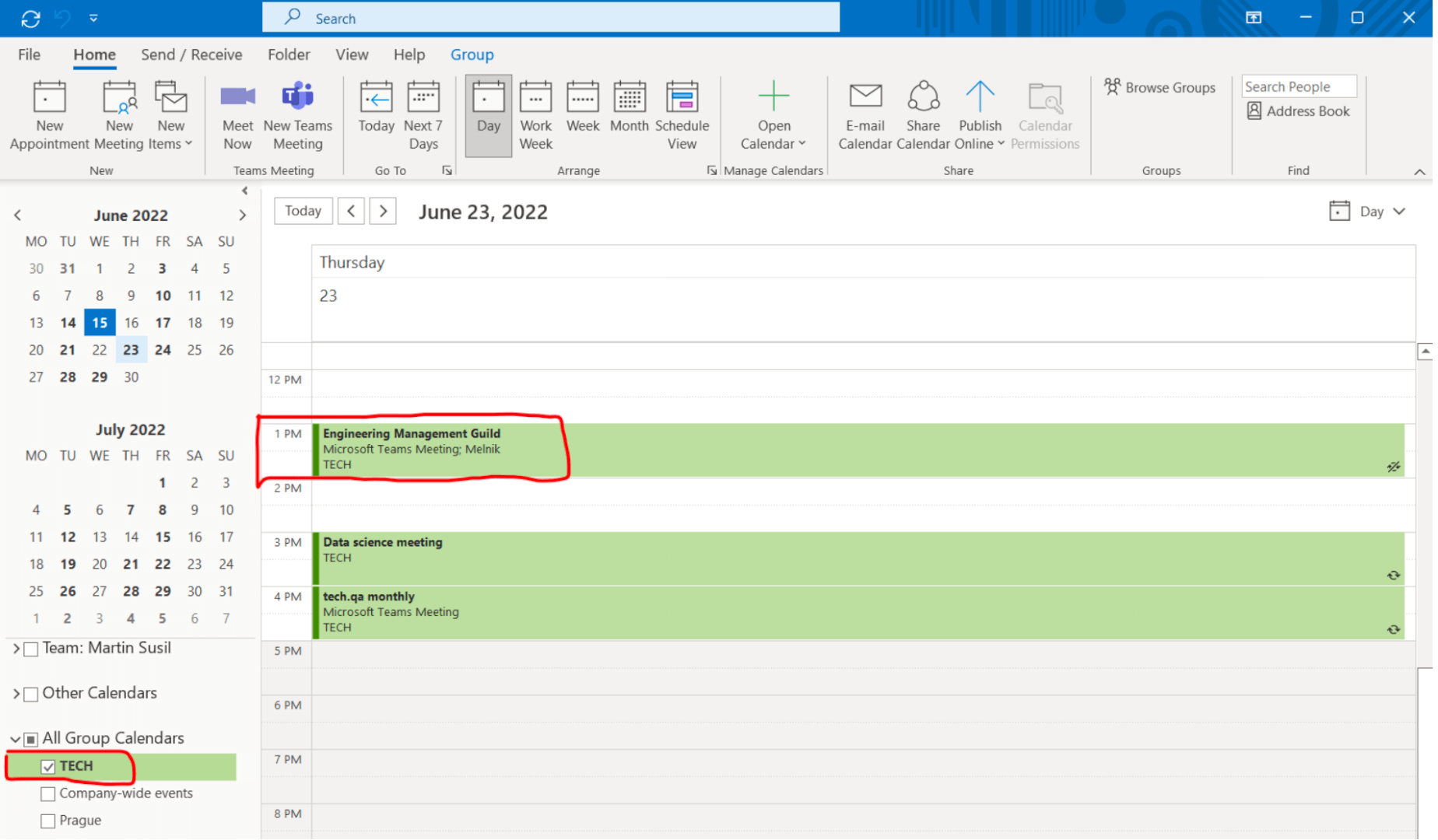
What’s discussed
The topics covered focus on real-world challenges faced by engineering managers. Discussions are categorized into six main areas:
1. Ad-hoc topics
- Members bring up specific challenges, concerns, or gaps they feel need to be addressed.
2. Learning and development
- Book summaries: Members share summaries of books on engineering management, communication, collaboration, and best practices.
3. Top-down communication
- Salary bands: Explain methodologies and answer questions when new salary ranges are available.
- Performance reviews: Discuss changes to the process and share examples of effective goals.
- Promotions: Share tips for maintaining consistency across managers when advancing team members to senior roles.
3. Agility
- Experiment sharing: Members share team experiments, highlighting what worked and what didn’t (e.g., new retro formats).
- Metrics & KPIs: Exchange useful metrics and KPIs for daily EM tasks.
- Agile collaboration: Collaborate with the agile community to explore continuous improvement opportunities or experiments led by agile coaches.
4. Recruitment and organization
- Quarterly recruitment stats: Review funnel performance, successes, and challenges.
- Team growth priorities: Discuss upcoming projects, hiring priorities, and potential team shifts.
5. Best practices
- Incidents: Share key lessons from recent incidents to avoid repeating mistakes.
- Vertical slicing: Present creative ways to deliver customer value quickly.
6. Guest speakers
Guest speakers from other departments or outside the company are invited to share insights. Examples include:
- Talent acquisition: Quarterly recruitment statistics.
- Community management: Insights on managing tech communities.
- People team: Legal topics, like work laws for EMs in different countries.
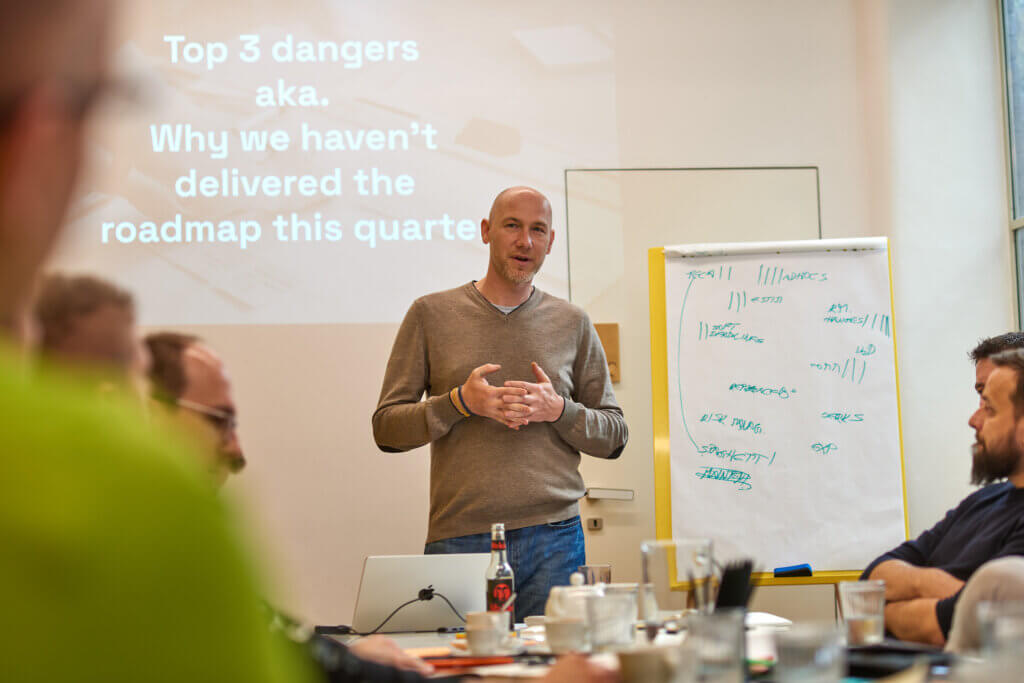
Purpose of discussions
All discussions aim to be practical, relevant, and directly applicable to the day-to-day responsibilities of engineering managers, helping them continuously improve their work.
Rules of engagement
Follow these steps to keep meetings efficient and outcome-driven:
1. Topic introduction
- The facilitator shares the agenda and invites the person who submitted a topic to explain the issue.
2. Quick solutions
- If the topic is simple or informational, resolve it during the meeting.
3. Complex issues
- Assess priority: The community determines if the issue is worth further investigation.
- Form a tiger team: A small team (called a “tiger team”) is formed to tackle the issue. The team typically includes the topic submitter and 2–3 others interested in solving the problem.
- Offline work: The tiger team works on the issue outside the meeting and presents their proposed solution at the next one.
Communication channels
Stay connected and organized with these tools:
- Schedule bi-weekly meetings on a shared calendar.
- Use Asana to submit new discussion topics, track ongoing items and follow-ups, and document resolutions for transparency.
- Communicate primarily via Slack, and send meeting invites through email.
Elevate your leadership culture
A strong community of practice does more than solve immediate challenges — it creates a culture of continuous improvement, alignment, and trust among engineering leaders. It helps managers grow in their roles, support their teams better, and align on best practices across the organization.
If your organization doesn’t have a community of practice, it’s time to start by:
- Defining a clear purpose.
- Creating space for collaboration.
- Letting shared values guide the way.
It’s about building a community where people can connect, share knowledge, and grow stronger as a team.
About Marian Kamenistak
Marian provides coaching and mentoring to engineering managers and leaders across various levels, helping organisations to succeed in building products.
On top, Marian leads the Engineering Leaders Community, organising 10 meetups a year for Engineering Leaders, Managers, Tribe leads, VPEs and CTOs in Central Europe.
Read more about Marian’s mission.
Subscribe and stay tuned for the next post! ?
Special thanks to my Engineering Leaders Community ambassadors, Jan Vrtiska and Ivo Klimsa, for reviewing this post!
